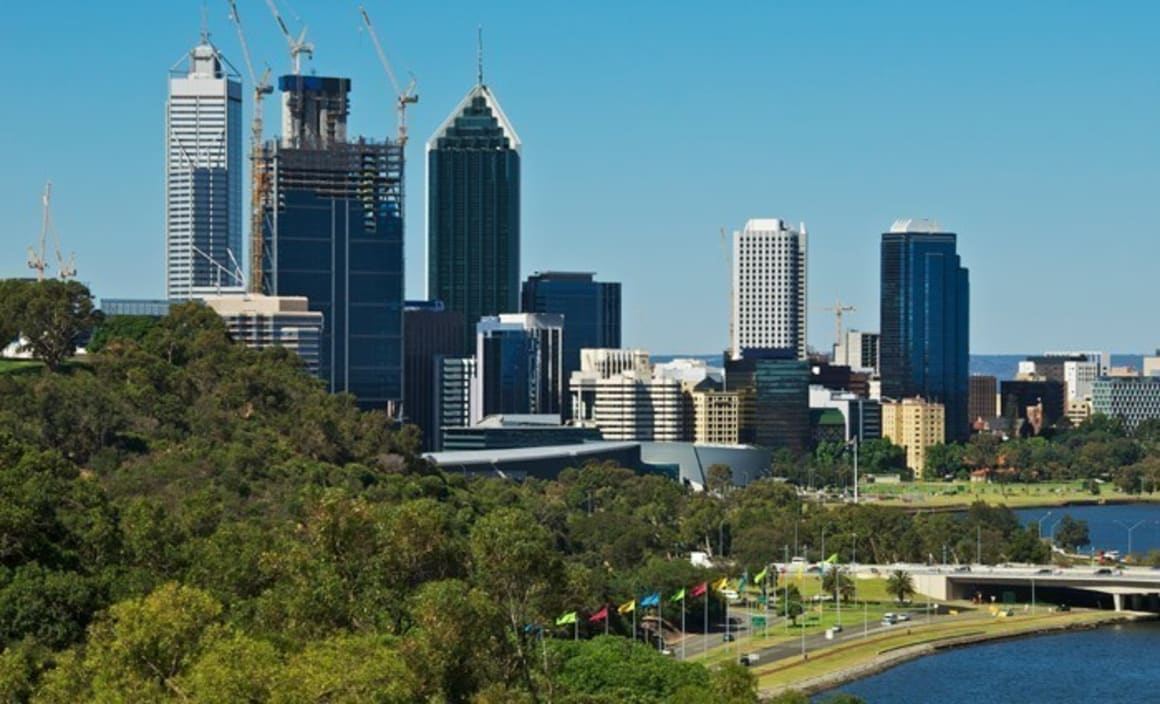Perth represents both danger and opportunity for property investors: Terry Ryder

Perth represents both danger and opportunity for property investors at present.
The city, which led the nation on price and rental growth in 2012 and early 2013, is three years into a cyclical downturn, exacerbated by the wind-down in the resources investment boom.
Sales activity has been falling steadily since 2013 and the decline has gathered pace since the start of 2016. Some Perth suburbs have sales volumes at a fraction of their former levels, indicating further price decline is likely.
This situation has been further impacted by vacancies well above 3% in many areas, as workers have left the city in the wake of the resources downturn and the ripple effect that has had on business in Perth (creating CBD office vacancies above 20 percent).
The situation also represents opportunity for counter-cyclical investors to buy well while price are down and competition is weak. Perth historically has been a population growth leader and one of the strongest capital cities for long-term capital growth. Perth property markets will recover and now is a good time to be looking for bargains.
Investors, however, should continue to avoid the inner-city apartment markets which have very high vacancies and an oversupply situation that is likely to get worse before it gets better. Housing markets will recover before apartment markets do.
Hotspotting’s latest research on sales activity demonstrates that the downward trend in the Perth market has deepened recently. Growth markets have vanished and there are now multiple suburbs classified as “danger” markets, with more likely to be added to the warning list if current sales patterns continue in coming quarters.
Perth’s decline has been happening since the peak in early 2013 and the downturn has worsened since the beginning of 2016.
The number of dwelling sales in the WA market was above 16,000 per quarter in early 2013. Sales dropped below 15,000 per quarter in 2014 and below 13,000 in 2015. The market has dropped further in 2016, with around 8,300 sales in the March Quarter and fewer than 7,000 in the June Quarter. Sales rates are now well under half those of two years ago.
The suburb of Mt Pleasant in the Melville LGA has the kind of sales trend that sellers don’t want: sales totaling 62, 50, 42, 25 and 15 in the past five quarters.
The suburb of Nollamara in the Stirling LGA has dropped from well above 100 per quarter to 55 in the March Quarter and 35 in the June Quarter. In nearby Yokine, the sales pattern has been 103, 95, 75, 74, 79, 51 and 38 (with vacancies at 5.3% in that postcode).
In Fremantle, the sales pattern since early 2014 has been 85, 61, 66, 60, 59, 47, 49, 45, 27 and 25. In Rivervale in the Belmont LGA, the sales pattern has been 101, 84, 100, 69, 78, 55, 81, 71, 74, 32 and 24. With a vacancy rate around 8%, the immediate future looks bleak.
The malaise has spread to all market sectors. Upmarket Mosman Park’s quarterly sales record is 74, 72, 76, 62, 51, 62, 47, 41, 30 and 25. In downmarket Gosnells, quarterly sales since early 2014 have been 153, 158, 134, 123, 103, 118, 109, 82, 75 and 53, so current sales are a third of the peak levels.
So what should investors do? Avoid Perth altogether? Wait until they read about recovery? Or become counter-cyclical buyers?
Most investors are herd animals who never take advantage of down markets. They jump into markets when they read there’s a boom under way, as so many did in Sydney over the past few years.
The really smart investors, and there were some, saw what was coming, bought before 2013 and got full benefit from the capital growth that followed.
The switched-on ones who think and act counter-cyclically will see opportunities to buy bargains in Perth. Prices are down right across the metropolitan area so there’s no shortage of good opportunities, as well as a lack of competition from other punters.
High vacancy rates would deter many, because of difficulties finding tenants at acceptable rentals, but not everywhere has 5-6 percent vacancy rates.
Investors just need to believe Perth has a future. And obviously it does, although it may not feel much like it at present. WA has been a nation-leading growth economy many times and will be so again in the future. Perth has led on population growth and property price escalation, and has had two notable up-cycles in the past 10-12 years. It will recover.
Terry Ryder is the founder of hotspotting.com.au
twitter.com/hotspotting